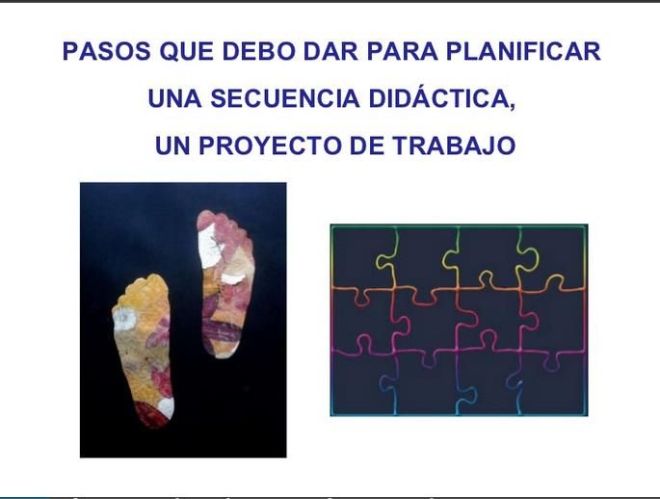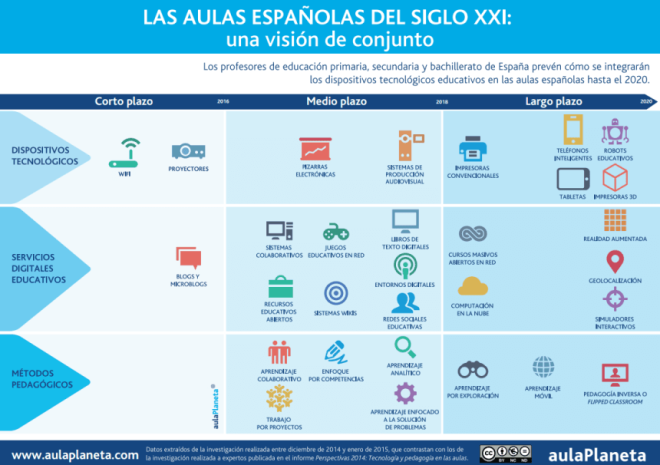 Why progress on edtech is dependent on a better understanding of educational purpose
Why progress on edtech is dependent on a better understanding of educational purpose
If my last post was a light-hearted love story, this one is more of an attempt to write a Tractatus Logico-Philosophicus. But if in places the reasoning might seem dense, I hope that the reader will be compensated by finding the argument to be both careful, original and important. I make the case that the recommendations of the recent Commission on Assessment without Levels are fundamentally mistaken.
It is a response I submitted to the current House of Commons Select Committee’s enquiry into the purpose of education. When announced, this enquiry was dismissed by Andrew Old as a waste of time: the purpose of education, said Andrew, was simply to make people cleverer. While I know where Andrew is coming from (who needs another waffle-fest with a lot of high-faluting rhetoric?) and agree with Andrew most of the time, I disagree with him that this…
Ver la entrada original 6.338 palabras más








